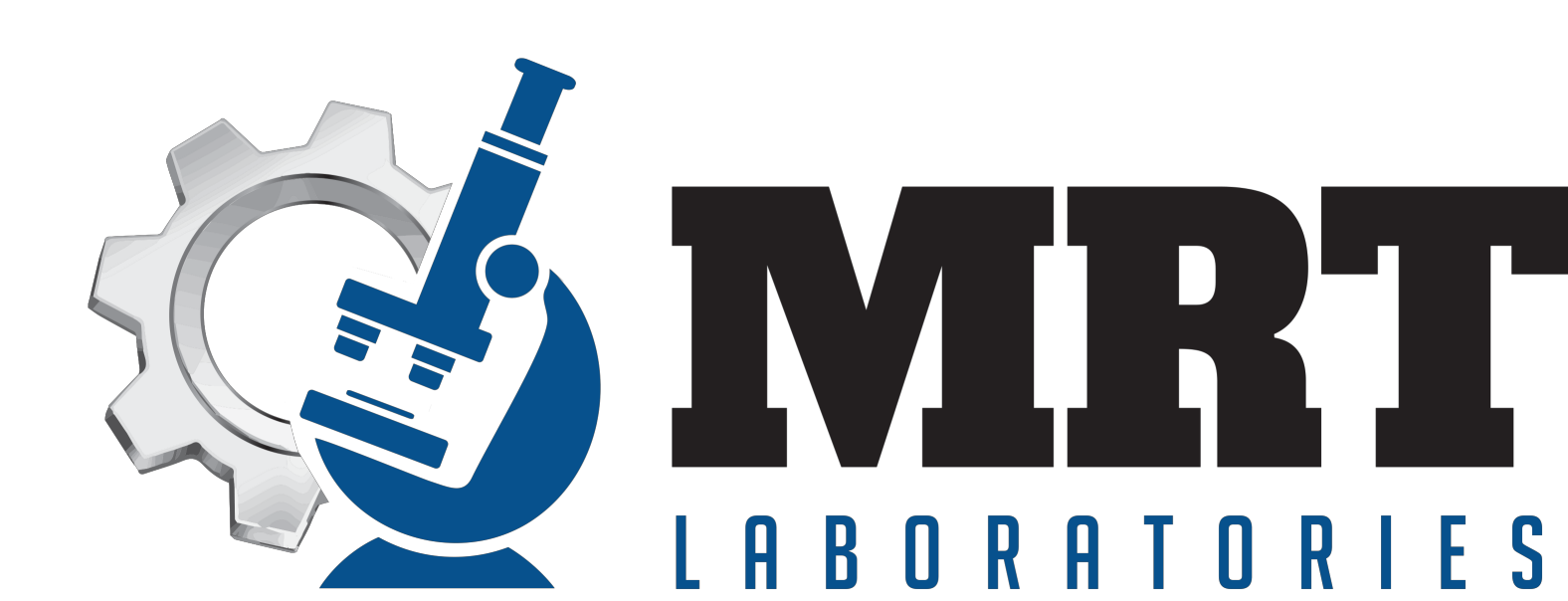Appreciating Karl Fischer Titration
Reviewing Fundamentals of ASTM Methods 6304 A and B


Karl Fischer (KF) titration is a widely used analytical technique for determining the water content of various materials, including pharmaceuticals, chemicals, food products, and used oil. It is based on a chemical reaction between water and a Karl Fischer reagent, which consumes iodine in proportion to the amount of water present. Water reacts with iodine and sulfur dioxide to form sulfur trioxide and hydrogen iodide. An endpoint is reached when all the water is consumed. The basic Karl Fischer chemical reaction is I2 + SO2 + H2O → 2HI + SO3. A Karl Fischer reagent in a titrating vessel contains iodine and sulfur dioxide that will react with the water contaminating a sample of lubricant of fuel. The endpoint of the titration is detected by monitoring the change in electrical conductivity. A titrating vessel contains a large volume of reagent solution so a large volume of samples can be tested during the day. In a titrating vessel, once all the iodine is transformed to hydrogen iodide the reagent solution must be replaced with fresh fluid.
Volumetric Karl Fischer Titration
In volumetric Karl Fischer titration, a pre-prepared Karl Fischer reagent is used to titrate the sample. The titrant is added from a burette until the endpoint is reached. The amount of titrant used is then calculated to determine the water content of the sample. Volumetric KF titration is suitable for determining water contents ranging from 0.1% to 100%. Volumetric KF titration has been largely replaced by Coulometric Karl Fisher titration in used oil analysis.
Coulometric Karl Fischer Titration
In coulometric Karl Fischer titration, the iodine is separated electrochemically within the titration cell, so it can be free to react with sulfur dioxide. This eliminates the need for a pre-prepared titrant and makes the method more accurate and precise, especially for low water content samples. Coulometric KF titration is suitable for determining water contents ranging from 1 ppm to 100%.

KF titration is a versatile and powerful technique for water content determination, offering accurate and precise results.
ASTM D6304 (Method A) Direct Method: A specific mass of lubricant, measured by weight, is injected into the reagent that contains iodine, base, sulfur dioxide, and a solvent to create the reaction of transforming iodine to hydrogen iodide. The concentration of water is quantified once all the water in an oil sample that’s introduced to the titration vessel is consumed. The chemical reaction takes longer if the oil sample is more saturated.
ASTM D6304 (Method B) Indirect Method: This second method involves heating the sample until water vapor is produced by distillation. The water vapor is introduced into the Karl Fischer reagent using a dry air stream. This method minimizes contamination and side reactions since only the distilled water is introduced into the vessel and not reactive additives or chemicals.
Certain lubricant samples are not suitable for the direct method of sample injection into the Karl Fischer solution vessel. Calcium and boron additives, commonly found in engine oil samples, interfere with the Karl Fischer chemical reaction. In addition, heavily contaminated oil samples are not best quantified using the direct method. At MRT Laboratories, we identify all engine oil samples, all samples that are found to be super contaminated through visual inspection, and certain viscous gear oil samples for quantifying water contamination through ASTM D6304 Method B instead of Method A.
